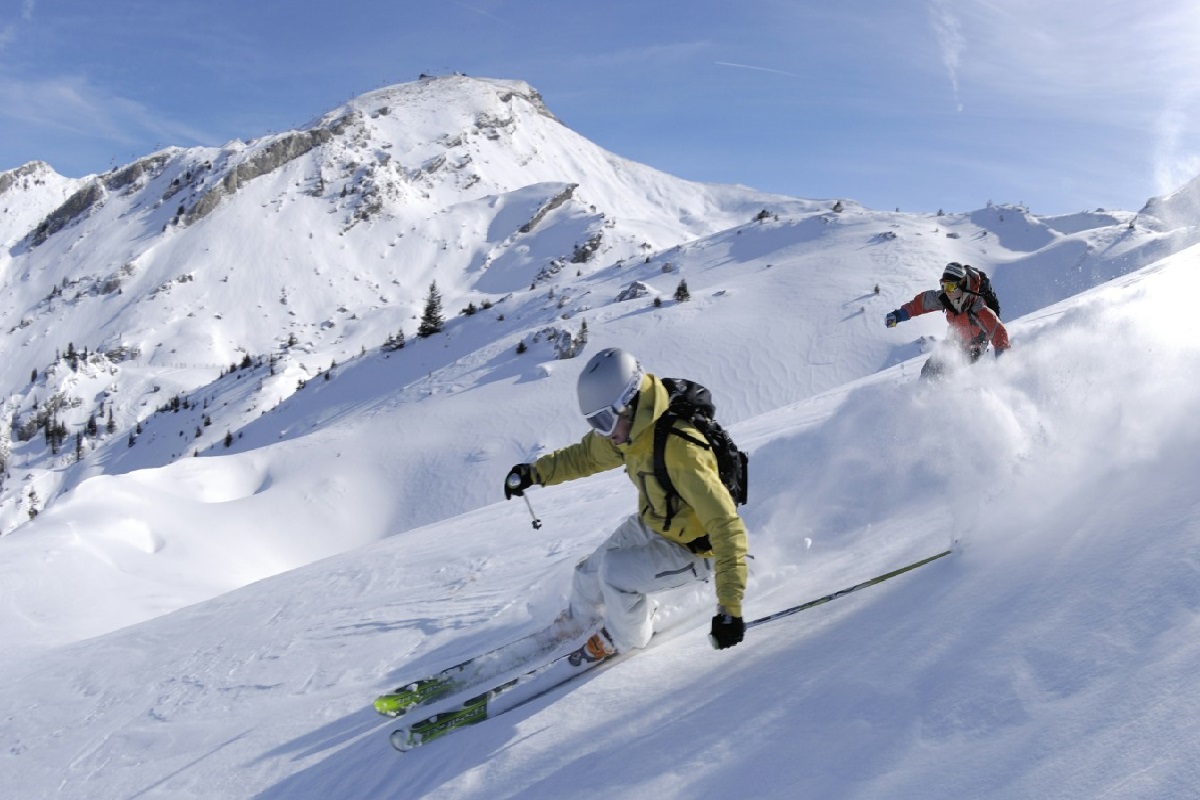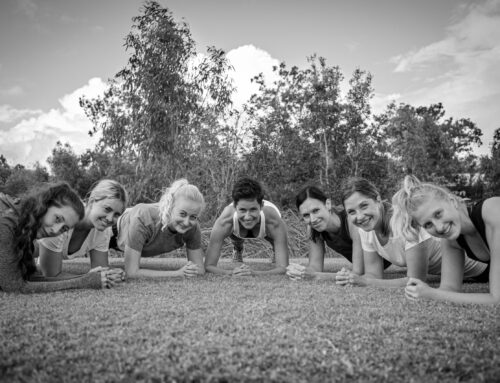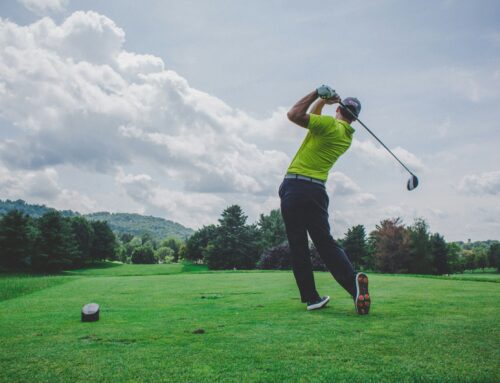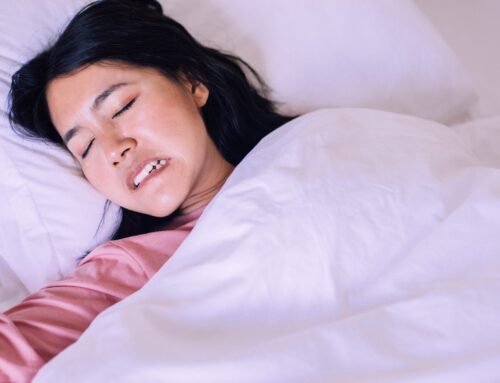
Knee injuries in skiing are common. The popularity of skiing has exploded over the last 20 years mainly due to increased ski areas, use of snow cannons, cheaper flights and faster ski lifts.
With increased accessibility and increased numbers of recreational skiers, the number of skiing injuries have gone up markedly.
The most common skiing injuries are lower limb injuries including leg fracture , ankle injury and knee injury. The development of the rigid ski boot in the 1970’s is reported to have shifted injuries up the leg from the ankle to the knee, however; since ski boots, ski bindings and the shape of skis have all changed its not easy to pin point why we see so many more knee injuries in clinic but we do!
In a 2015 study1 comparing injury types and rates between 1996 and 2013, knee injuries were shown to be the most common, head injuries reduced (possibly but not definitely because of the uptake of helmet use) and skiing in the afternoon when tired (and possibly after a drink) increased your chance of getting injured.
Another study2 showed that about 75% of skiers/snowboarders injured themselves falling or losing control on a jump whilst only 3-8% of those injured did so due to collision with other skiers or snowboarders.
What both studies seem to suggest is that many injuries are preventable!
What are the most common Knee Injuries in skiing and how do we injure them?
Knee injuries in skiing contribute about 30% of all skiing injuries, with the Medial Collateral ligament (MCL), closely and Anterior Cruciate Ligament (ACL) being the most commonly injured structures in the knee.
The three most common ways of injuring the knee are:
- Valgus/external rotation mechanism
- The skier falls forward and catches their inside edge, which causes the ski to twist out and move away from the skiers body twisting the knee, injuring the MCL and sometimes ACL.
- Boot induced anterior drawer mechanism
- The skier lands a jump with locked knees and lands the back of the ski first. The boot then pushes forward on the calf injuring the ACL.
- Phantom-foot mechanism
- The skier falls backwards between their skis, with all the weight on their downhill ski. The bent knee then twists in hard with all their body weight causing injury to the MCL and ACL.
Can you get fit for skiing?
Yes you can get fit for skiing…….but…….that’s not the same as saying you can reduce your chance of injury by getting fitter or doing certain types of exercises. It’s complicated.
The evidence that certain exercise programs or certain leg and core conditioning classes reduce your chance of injury just isn’t there. It doesn’t mean doing the right exercises won’t reduce injuries but we just can’t say so for sure. The studies either haven’t been done or the ones that have weren’t good enough to tell us much of use.
I’m certainly not saying that you shouldn’t bother, in fact I’m saying the opposite, you should. It makes a great deal of sense to me that the fitter you are the lower your chances of injuring yourself due to muscle fatigue. I feel from personal experience that my time and performance on the slopes was improved when I’ve been fitter going into the ski holiday. Being well-prepared will help you get in more runs with less fatigue and will probably leave you better prepared for the rare emergency requiring strength or endurance.
How to reduce Ski Knee Injury
I’ll describe in another blog post what I would recommend doing to try and get your body ski ready, but before I deal with that there are some things we do know will reduce your chance of injury:
- Ski within your limits (get lessons)
- Be aware of different conditions (this takes some experience)
- Use the correct gear (your bindings should be set correctly as the majority of knee injuries occur when bindings do not release the ski)
- Listen to your body (fatigue, light headed etc)
- Fall correctly (keep knees flexed and don’t stand up in the fall or in a slide)
Before you all roll your eyes and think how obvious these points are, you should consider that ignoring them is still (unsurprisingly) the quickest and most common way to get yourself injured. It doesn’t matter how many ski sits and balance exercises you do, or how good your core is, IGNORE THESE POINTS AT YOUR PERIL!
If you or anyone you know is suffering from knee pain and would like to have a physiotherapy assessment for suitability of physiotherapy treatment, book online here.
All our Physiotherapists are highly qualified, experienced, with a variety of post graduate specialisations. If you or anyone you know would like to have a physiotherapy assessment with the team at Dorking , Leatherhead or Crawley , book online here or contact us here.
Blog post written by Sam Bowden, Head2Toe Physiotherapist and Director at Head2Toe Dorking, Leatherhead, & Crawley Clinics.

- Patrick E et al, Changes in Skiing and Snowboarding Injury Epidemiology and Attitudes to Safety in Big Sky, Montana, USA, A Comparison of 2 Cross-sectional Studies in 1996 and 2013, Orthop J Sports Med. 2015 Jun; 3(6): 2325967115588280
- Stenroos A, Handolin L: Incidence of recreational alpine skiing and snowboarding injuries: Six years experience in the largest ski resort in Finland. Scand J Surg 2014;0:1-5.
- Koehle, M et al, Alpine ski injuries and their prevention, Sports Medicine 2002, 32, 12, 785-793.





